- May 16, 2025
-
-
Loading

Loading
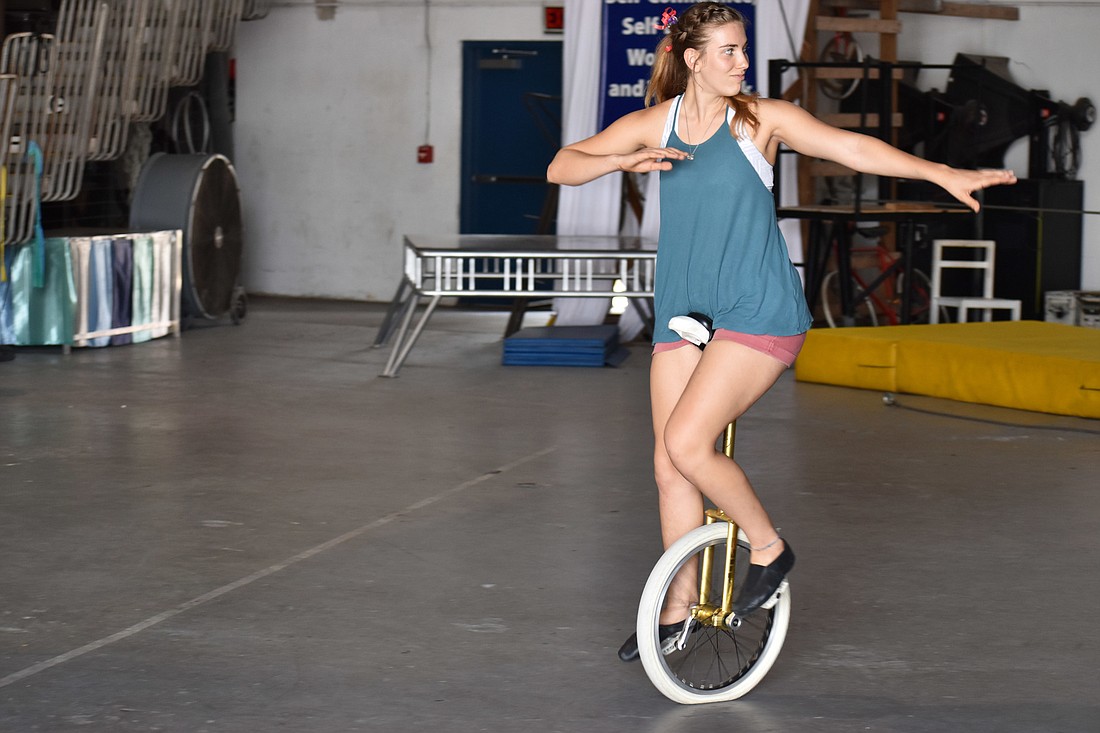
When most 8-year-olds put on a helmet, it’s to prepare for a ride on their bike, skateboard or even snowboard.
Alice Hafner wasn’t one of those kids. Whenever she strapped on her helmet, elbow pads and knee pads in fourth grade, it was before gripping the fence and hopping on her unicycle.
Hafner tried a little bit of everything growing up. Swimming, gymnastics, dance, theater — nothing else gave her the feeling she got when she wobbled back and forth on that singular wheel, inching forward more and more with every try. That’s how her passion for the circus arts began.

“It’s not like riding a bicycle,” she says. “There’s never a moment when it just clicks, you just have to keep getting a little better every day.”
It all started when her grandparents began taking her to Sailor Circus performances. Hafner watched in amazement before deciding she had to learn to ride a unicycle like the kids in the show, so her parents got her on the Sailor Circus waitlist.
About three years later, she was old enough to become a member of America’s longest-running youth circus. It took her four or five months, but after practicing for two hours a day, she was finally able to cross the arena.
Now, more than 10 years later, Hafner will bring her unicycle act — along with three other acts — to Washington, D.C., to perform in the Smithsonian Folklife Festival with 30 other Sailor Circus members. The festival is run annually by the Smithsonian Center for Folklife and Cultural Heritage and “honors contemporary living cultural traditions and celebrates those who practice and sustain them,” according to its website.
It was only recently that the circus arts was added to the list of cultural traditions celebrated at the festival, and the art form’s addition is largely due to the two founders of Sailor Circus’ parent organization, Circus Arts Conservatory.
In 2012, CAC Co-Founder and Associate Director Dolly Jacobs received the Florida Folk Heritage Award. Jacobs was honored for maintaining her family’s circus legacy and the heritage of the American circus in Florida and beyond, having traveled around the world as an aerialist in Ringling Bros. and Barnum & Bailey Circus.
Folk Heritage Award winners from every state are pooled together by the National Endowment of the Arts to choose the winner of the NEA National Heritage Fellowship, and Jacobs was chosen as the winner in 2015. She made history as the first circus performer to be named an NEA National Heritage Fellow, which, as CAC Managing Director Jennifer Mitchell says, served as the springboard for the circus to be considered an art form.
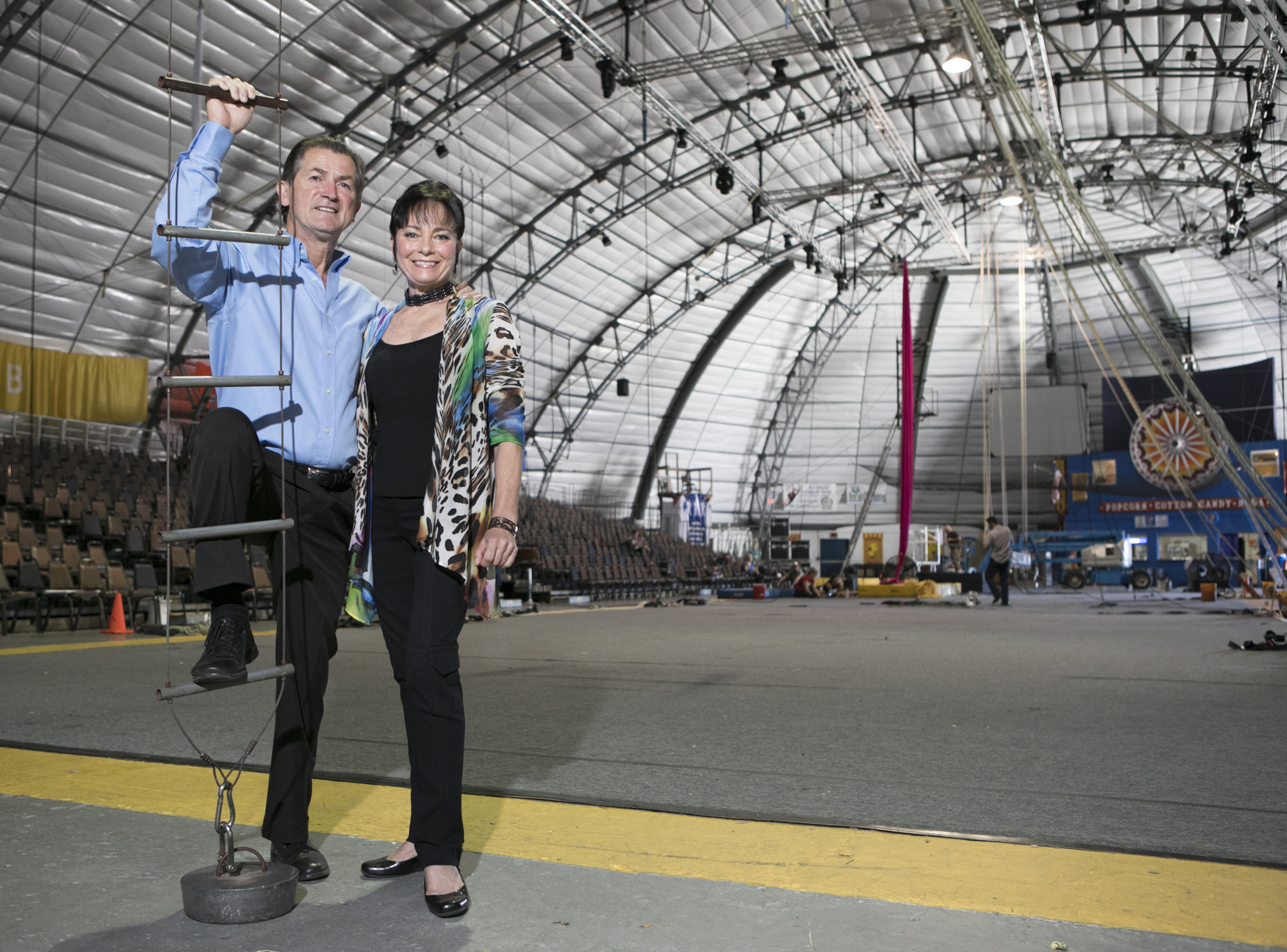
Mitchell says it was then, in 2015, that the Smithsonian Institution began investigating what makes circus arts interesting for a curatorial program. Researchers were aware of Sarasota’s rich circus history, so to educate themselves, they turned to CAC as a research subject and partner.
Founder and CEO of CAC Pedro Reis says Preston Scott, curator for the festival’s circus arts programming, spent about two years heading the research of CAC and other circus schools around the country. By the end, the Smithsonian Institution concluded the circus is indeed an art form and decided to include it in the programming for the 50th anniversary of its Folklife Festival in 2017.
“This is something that John Ringling brought to this area in the 1920s and continues today,” Mitchell says. “It’s an honor that the Smithsonian wants the rest of the world to know how important circus is.”
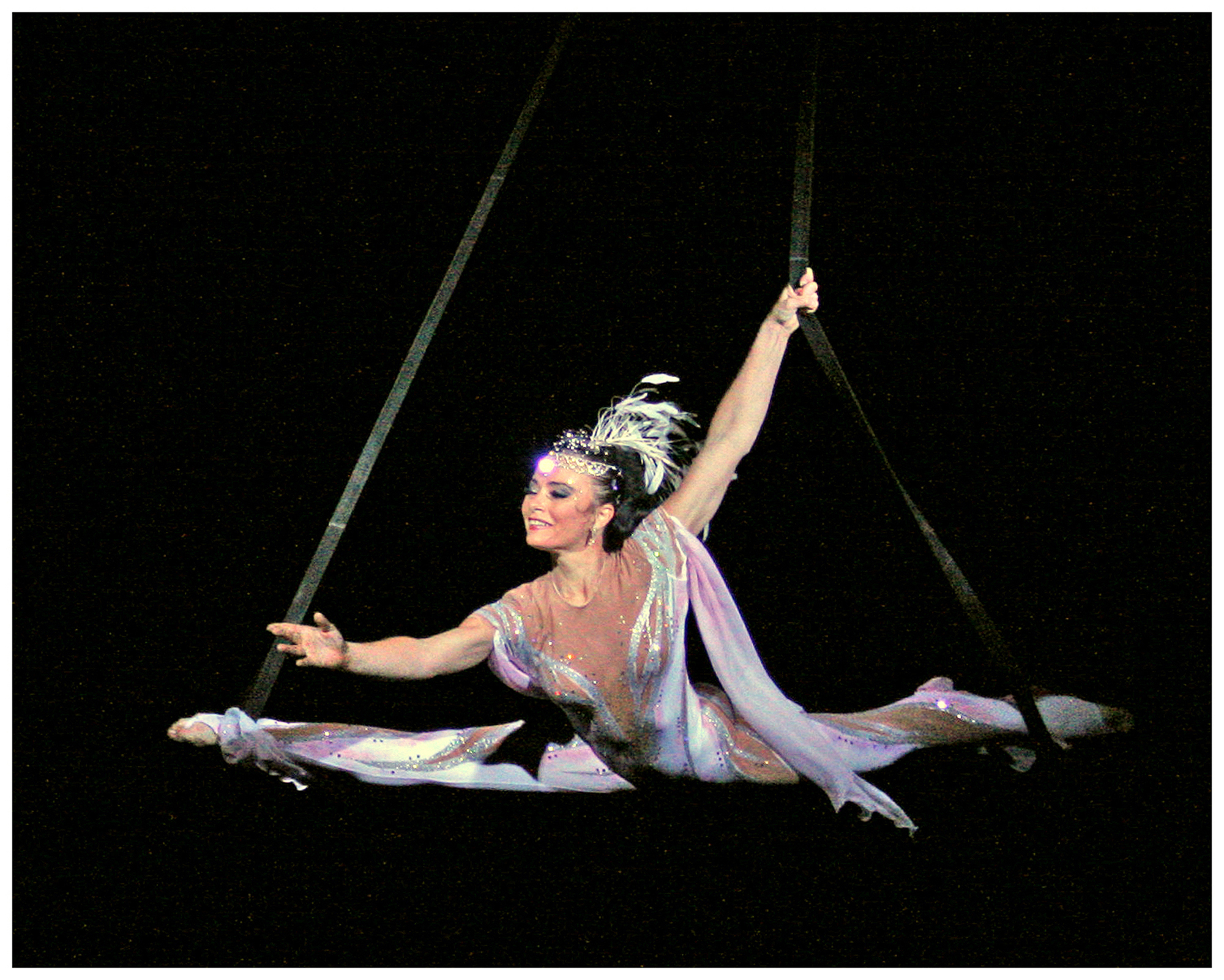
Reis was also recognized for his circus heritage and extensive knowledge of the art when the Smithsonian Institution asked him to choose the professional circus performers who will perform in the festival.
“Being invited to participate in the festival is literally a once-in-a lifetime opportunity,” Reis says of his organization’s involvement. “I think we’ll get a tremendous amount of exposure.”
Along with the Sailor Circus students, CAC is sending five professional coaches to the festival to teach various master classes and skill share activities, and 12 performers from around the world will participate in Circus Sarasota shows on the National Mall.
The 10-day festival attracts more than 1 million attendees and millions of online viewers. It will be the largest audience Sailor Circus members have ever performed for. Because of the added pressure of being on the national stage, head coach Rodleigh Stevens chose to bring only the most dedicated Sailor Circus performers who are well versed in several disciplines.
The 31 committed performers began intensive training April 18 —just a few days after their final show of the season — for a minimum of 20 hours a week. Now that school is out, Mitchell says Stevens will “pump up” the amount of training and the intensity to ensure that Sailor Circus puts on the best show possible.
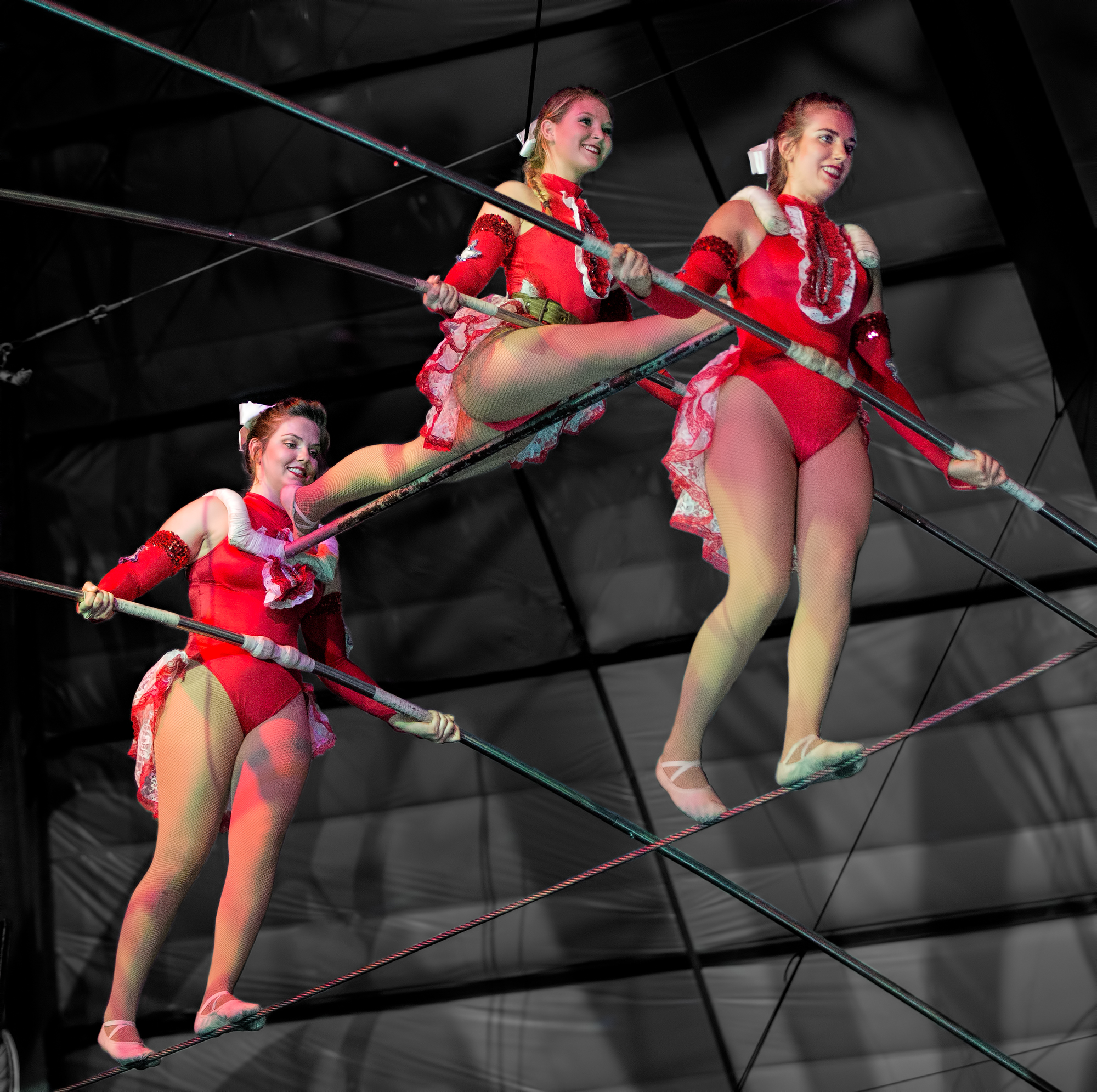
But the students don’t seem to mind.
“It’s the carrot dangled in front of their face,” Mitchell says. “There’s nothing better for a student than the chance to shine in the limelight,”
The festival takes place from June 29 to July 4 and July 6 through 9, and Sailor Circus will be one of seven youth circus groups participating.
Beyond their seven performances under the big top, the students will get the opportunity to learn from other youth circus coaches in workshops, interact with other young performers and participate in daily public demonstrations on the National Mall.
“If you’re on a soccer team locally, you can engage with other teams routinely because there are so many other teams nearby, but that’s not the way it is in Florida for circus,” Mitchell says. “I think that the aspect of being able to engage with other young people who are passionate about what they’re doing is going to be very special to them.”
Hafner is one of the few Sailor Circus members who has participated in another youth circus previously. She spent the summer before her junior year of high school performing with the Wenatchee Youth Circus, a traveling youth circus based in Wenatchee, Washington, with an old-school mentality — the students learn to rig their own equipment and pound stakes into their own tent.
Hafner enjoyed her time learning from another circus school, and she looks forward to doing more of the same at the festival.
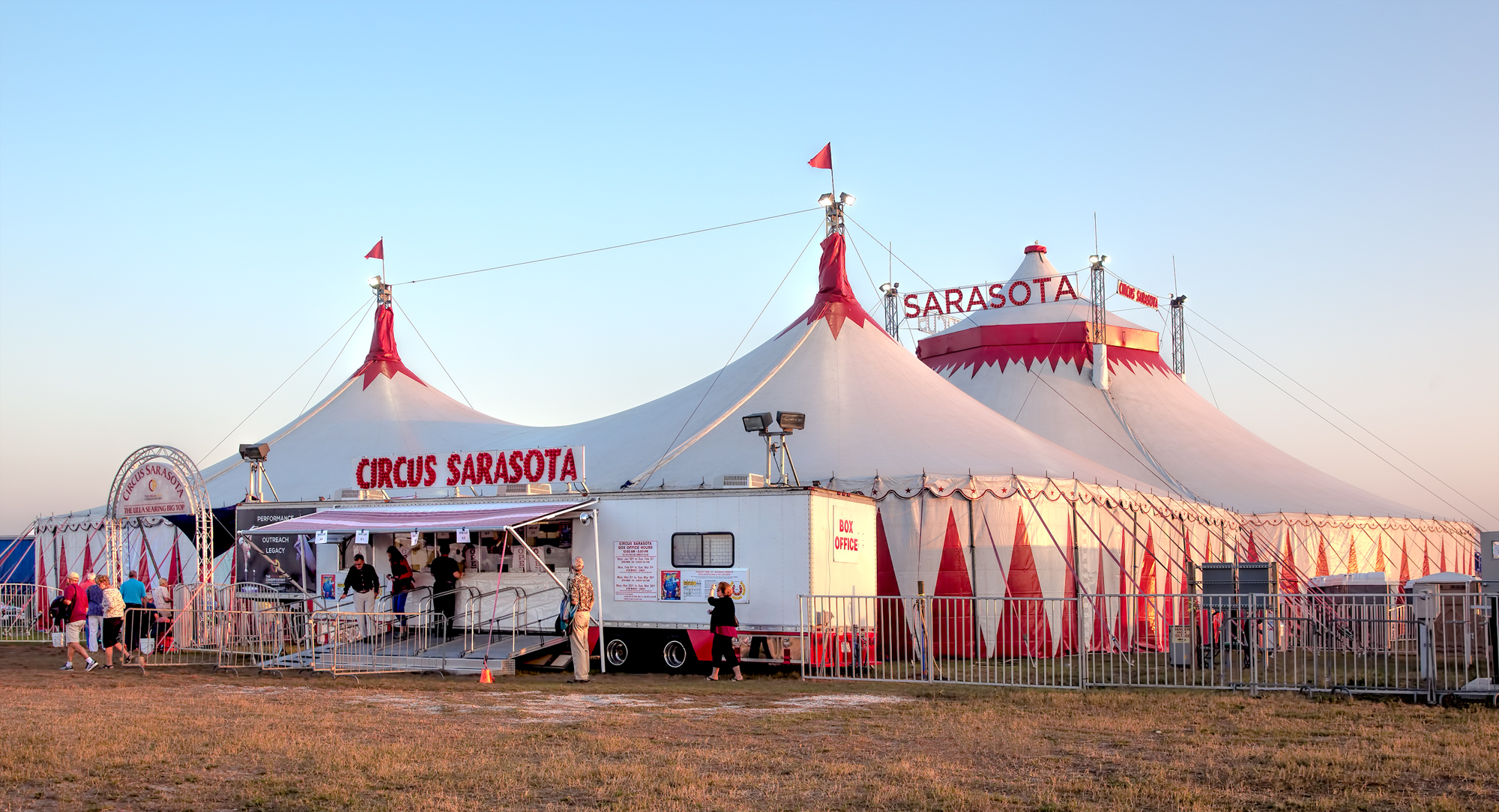
“I’m really excited to see what every other circus will be doing,” Hafner says. “There used to be only one set way of doing things, but the circus is changing, and people are coming up with more exciting ways of doing things.”
For Hafner, the festival is the end of an era. She’ll attend the University of Florida to study engineering in the fall, so her final circus performance will be under the big top on the National Mall — the epitome of “going out with a bang.”
“It still hasn’t quite hit me that I’m leaving the program,” she says. “But it’s not going to leave my life.”
Other than her beloved unicycle, Hafner will also perform slack rope, low-wire tightrope and dancing stilts — which she just began learning in early May.
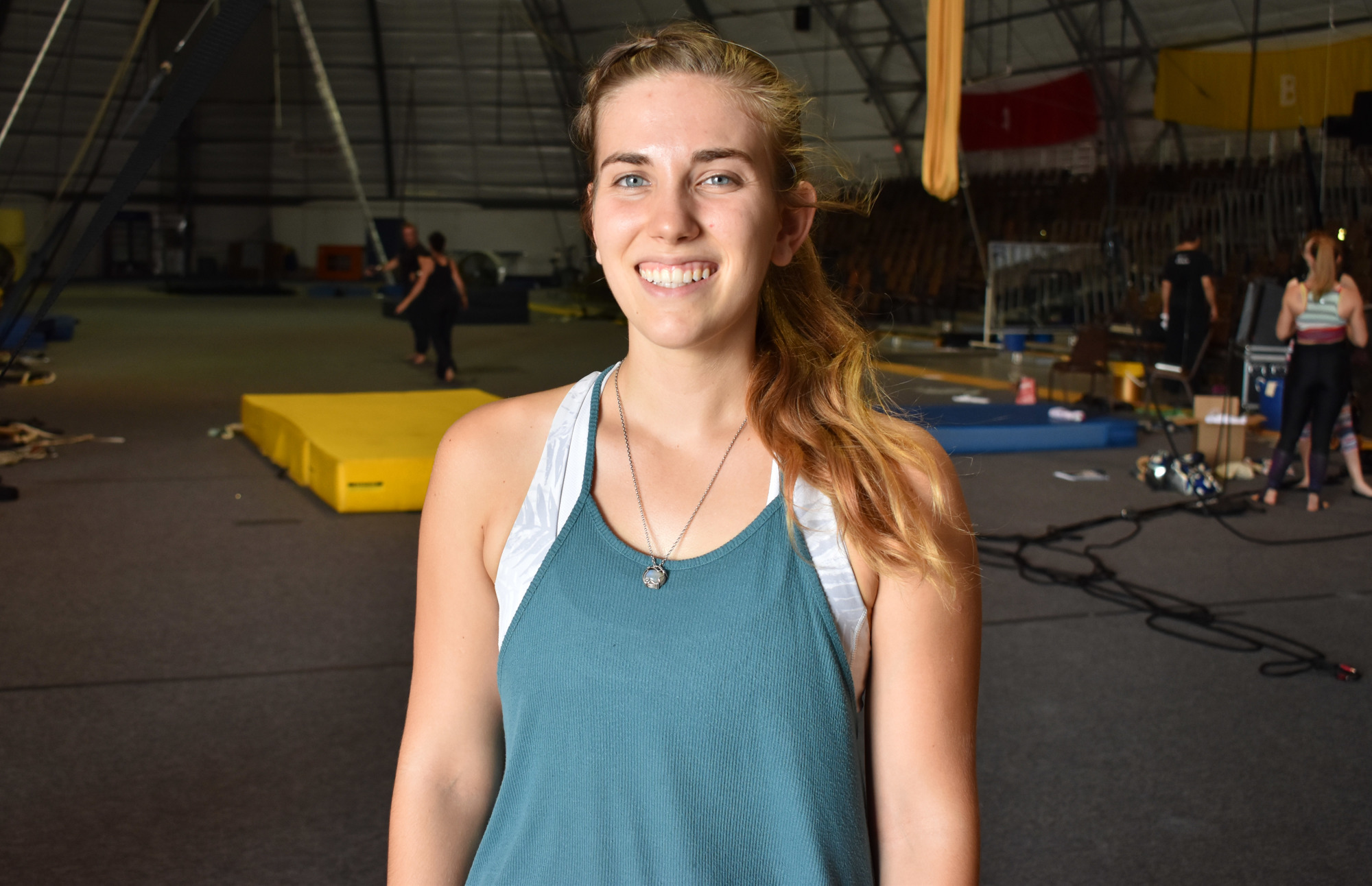
Although she doesn’t plan to continue her circus career professionally, Hafner says she would love to continue to take classes, and she’ll be back in the arena right after the festival to volunteer for the Circus Summer Camp program. Sailor Circus is also expanding its alumni programming, so she’s excited to come back on school breaks and reconnect with other graduates.
Looking back, her favorite circus memories are of all the time she spent growing with her fellow performers. Her happiest moments were preparing for shows with her friends by doing each other’s hair and blasting music in the dressing rooms — until they got yelled at.
But it’s been more than just fun. For Hafner, Sailor Circus has been a means of developing her self-confidence and time management skills. It also taught her to never give up.
“There are many times when I wanted to stop, but I stuck it out,” she says.
She’ll be bringing her unicycle to college.